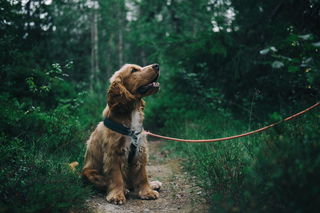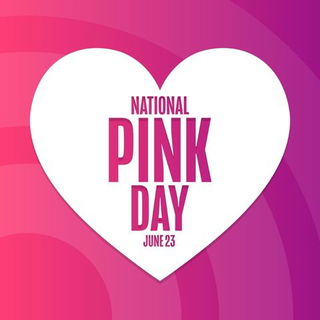- Calendar
- Calendar 2026
- January
- Mexican Independence Day
Mexican Independence Day
Mexican Independence Day is a major national holiday commemorated on September 16th yearly to mark Mexico's independence from Spanish Colonial rule. It is also known as "Día de la Independencia" in Spanish and is a federal holiday in Mexico.
It is a time for reflection, unity, and grand celebrations that showcase Mexico's vibrant heritage and unwavering national pride.
This significant day not only celebrates freedom, but also indicates the heritage, resilience, and unity that defines the Mexican nation.
Mexican Independence Day is a tribute to the determined spirit that led to the birth of a free and independent Mexico.
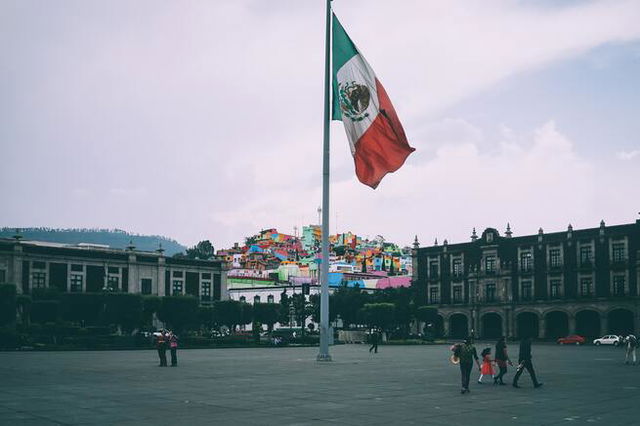
The History of Mexican Independence Day
Another name for Mexican Independence Day is "El Grito de la Independencia" which translates to "The Cry of Independence". It commemorates the beginning of the Mexican War of Independence against Spain, which eventually led to Mexico's independence.
Several factors started the independence movement in Mexico including social, political, and economic dissatisfaction among the Mexican population.
During the early 19th century, Mexico, formerly known as "New Spain" was a colony of Spain and had been under Spanish rule for nearly 300 years.
The Enlightenment's ideas, as well as those of the American and French Revolutions, started to have an impact on Mexican culture in the late 18th century.
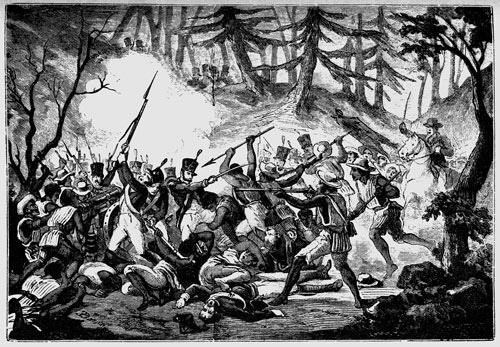
These concepts placed a strong emphasis on an individual's freedoms, democratic values, and opposition to colonial power.
Criollos, or Mexican intellectuals and revolutionaries, began to challenge the legitimacy of the Spanish throne and push for greater independence for Mexico.
On September 16th, 1810, Father Miguel Hidalgo rallied his congregation in Dolores to fight for Mexico's freedom from Spain in his famous speech "El Grito de Dolores" (The Cry of Dolores).
It is believed that this speech fueled the beginning of the Mexican War of Independence.
After "El Grito de Dolores," Hidalgo led a rebel army that first defeated the Spanish forces in a number of battles. However, the movement suffered from internal conflicts and lacked adequate structure and resources, which led to Hidalgo's capture and execution in 1811.
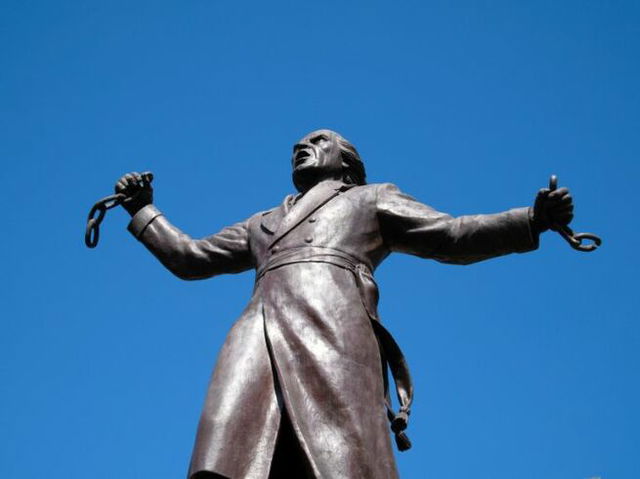
Even after his death, the fight for independence continued under the leadership of other prominent figures like José María Morelos and Agustin de Iturbide.
Morelos was a priest and military leader who created the first Mexican constitution in 1814 which was called the Constitution of Apatzinán. Unfortunately, he was also captured and executed in 1815 by Spanish forces.
In 1820, Spain underwent political changes, and King Ferdinand VII was overthrown, leading to a more liberal approach toward its colonies. This encouraged Mexican independence supporters to strengthen their efforts.
In 1821, Agustín de Iturbide, a former Spanish army officer, joined the independence movement and proposed the Plan of Iguala. This plan aimed to establish an independent Mexico as a constitutional monarchy, granting equal rights to both Mexicans and Spaniards.
The Spanish authorities negotiated with Iturbide, and on September 27, 1821, his "Army of the Three Guarantees" entered Mexico City, ending Spanish rule.
Iturbide became the Emperor of Mexico, but his rule was brief due to opposition from various factions. He was overthrown in 1823, and Mexico transitioned to a republic.
September 16th, the day of Hidalgo's call for independence, was chosen as Mexico's Independence Day.
Hidalgo's military campaign extended throughout the territory. Ignacio Allende, an active member for the independence of the country, and who at first accompanied Hidalgo, decided to separate himself from his cause of him and try to do it in a different way: leading the insurgent militias for freedom.
Between 1813 and 1814, José María Morelos and Pavon called on the independentists to form the Congress of Anáhuac, which was the legal framework for pro-independence movements. The rebel formations had been dispersed by internal discrepancies and, by 1820, only a few were active.
After the Constitution of Cádiz, in Spain in 1820, the Creole elites, who up until that moment had supported the Spanish Empire, were affected by their commercial interests and organized themselves together with the insurgent forces.
Con el Plan Iguala, proclaimed by Agustin de Iturbide and by Vicente Guerrero, among other things, promoted the emancipation of Mexico. The Declaration of Independence was established on September 27, 1821.
In 1823, after a few years of declaring the first Mexican Empire, in the midst of internal conflicts and the separation of Central America, Mexico became a federal republic.
At the Battle of San Jacinto, the Texan army, led by Sam Houston, triumphs over the Mexican army commanded by Santa Anna. This victory leads to the declaration of independence by Texas, establishing itself as the Republic of Texas, separate from Mexico.
The Mexican-American War takes place, resulting in the loss of significant Mexican territory to the United States.
The date of Hidalgo's call for independence, September 16th, is officially declared as Mexican Independence Day.
Mexican Independence Day Celebrations
Mexican Independence Day is a beautiful celebration that starts on the evening of September 15th. It begins with the president of Mexico reenacting "El Grito de Dolores" from the National Palace in Mexico City.
This historic cry for independence by Father Miguel Hidalgo y Costilla in 1810 is followed by vibrant fireworks and a festive spirit of unity and national pride.
Colorful parades are a central part of the celebrations. People in traditional attire proudly march through the streets, waving flags and carrying banners with national symbols.
The parades feature lively folk music, dances, and cultural performances, highlighting Mexico's rich heritage and fostering a sense of pride and unity among spectators.
Street festivals are a vibrant part of Mexican Independence Day. The streets come alive with food stalls offering delicious Mexican delicacies.
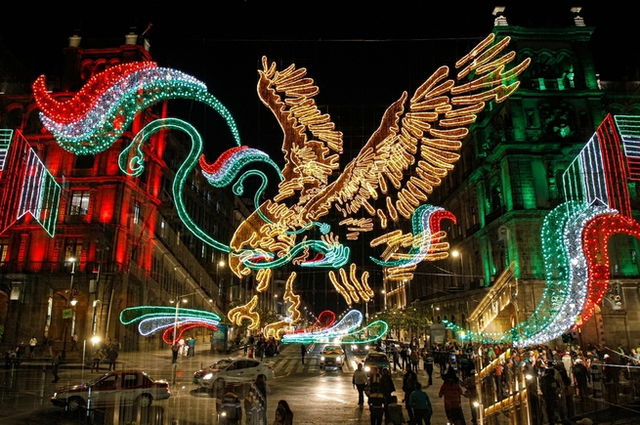
The aroma of tamales, chiles en nogada, and pozole fills the air, enticing everyone to indulge in the culinary delights.
Live music creates an infectious atmosphere, with local musicians and bands setting the rhythm for dancing and traditional games.
The streets are adorned with Mexican flags, colorful banners, and decorative lights, evoking a strong sense of national pride and unity. Cultural events and performances also play a significant role in celebrating Mexican independence.
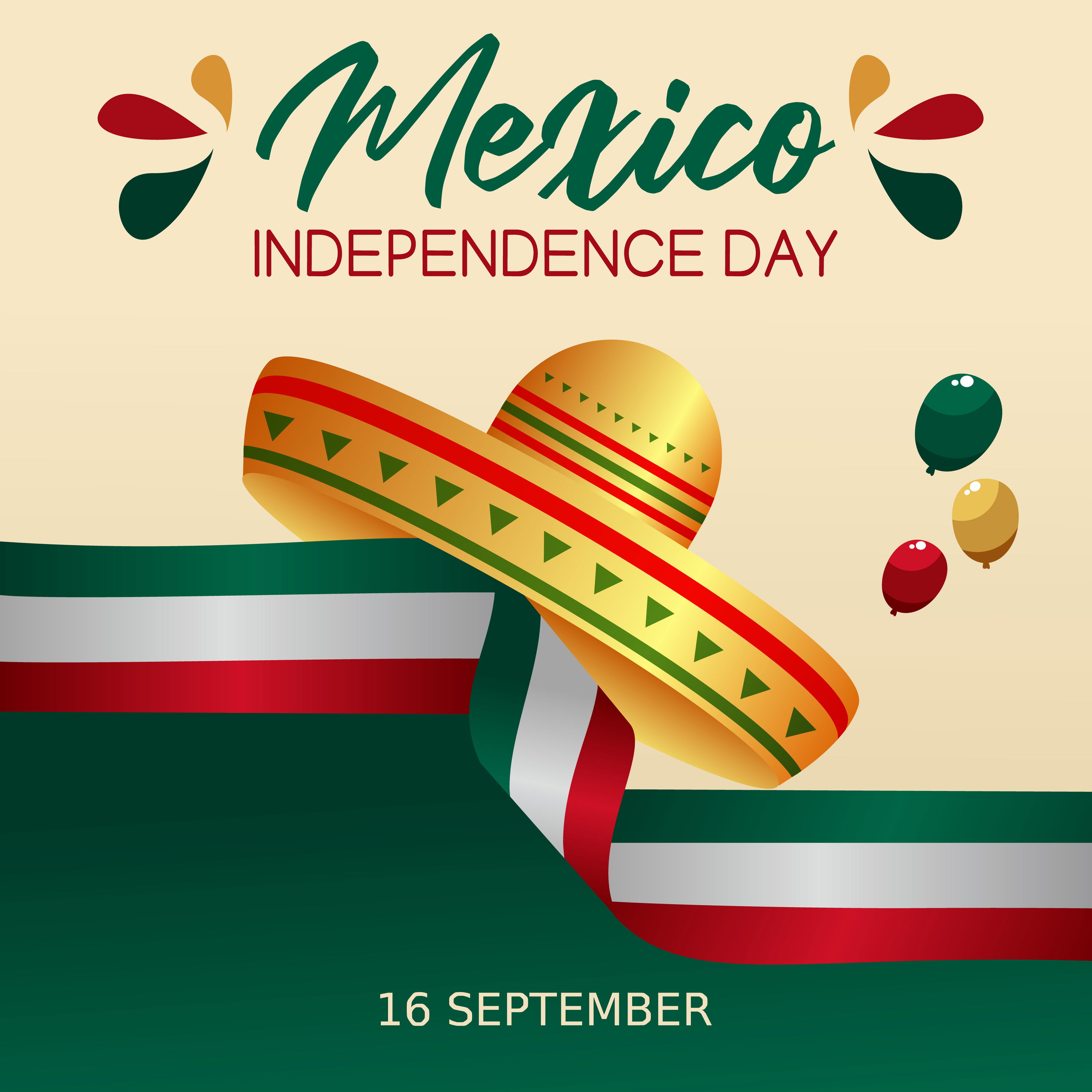
Other Celebrations
-
Jan 04 Sat
-
May 08 Thu
-
Sep 21 Sun
-
Sep 27 Sat
-
Oct 04 Sat
-
Feb 26 Thu

Mexican Independence Day - Next years
Friday, 01 January 2027
Saturday, 01 January 2028
Monday, 01 January 2029

